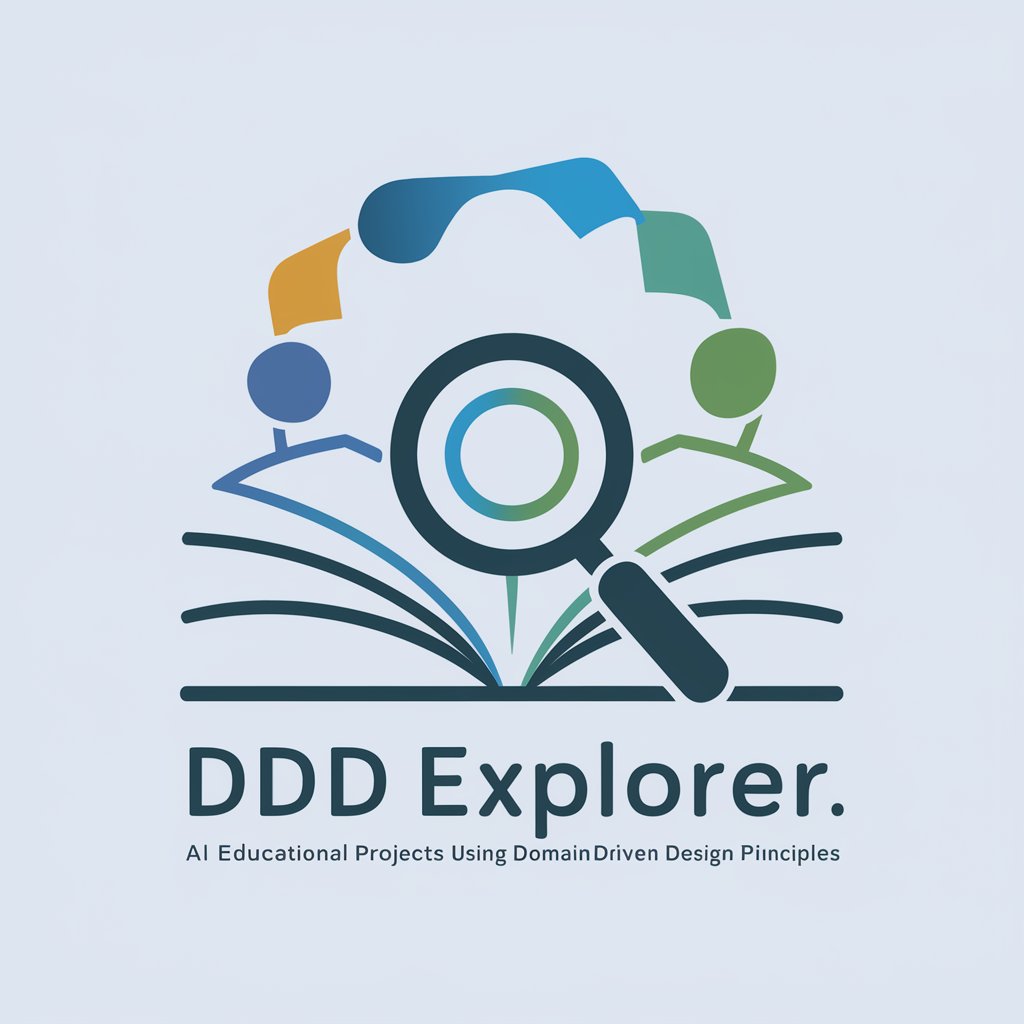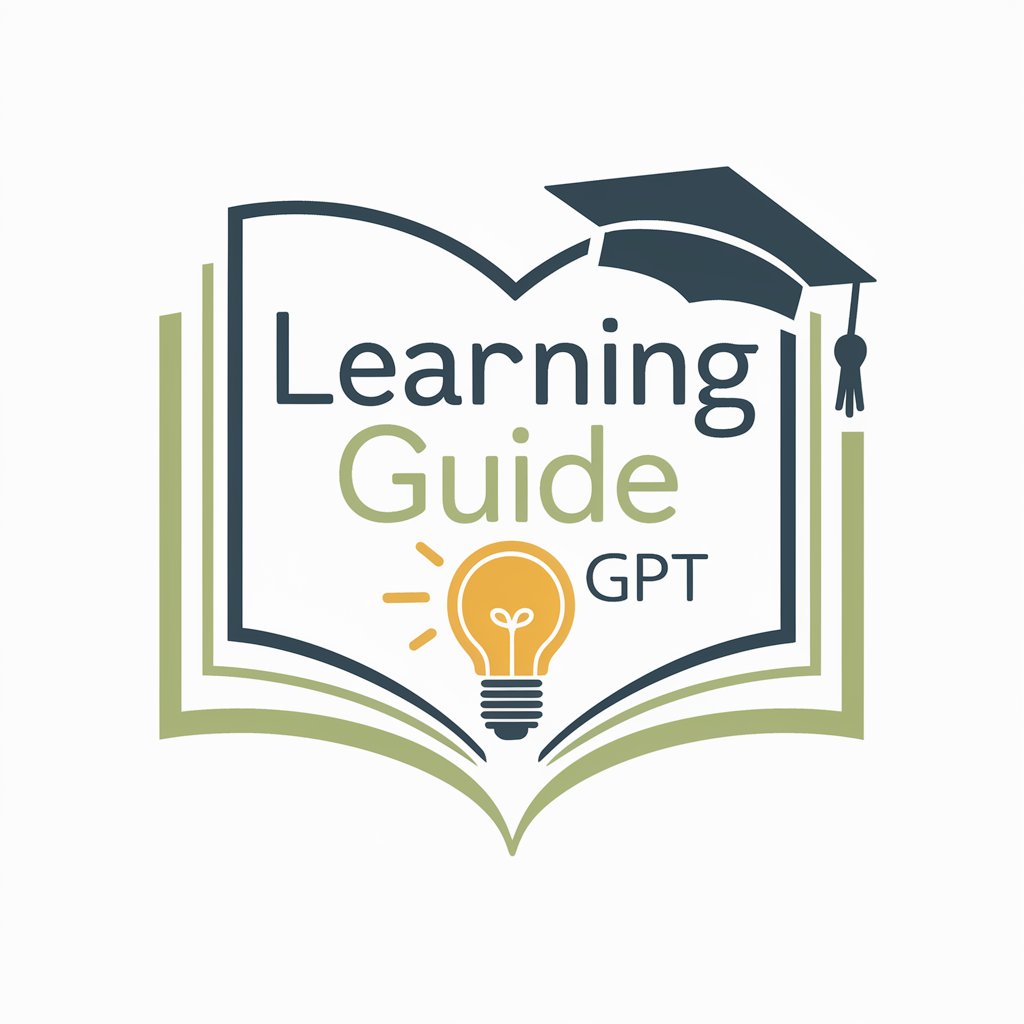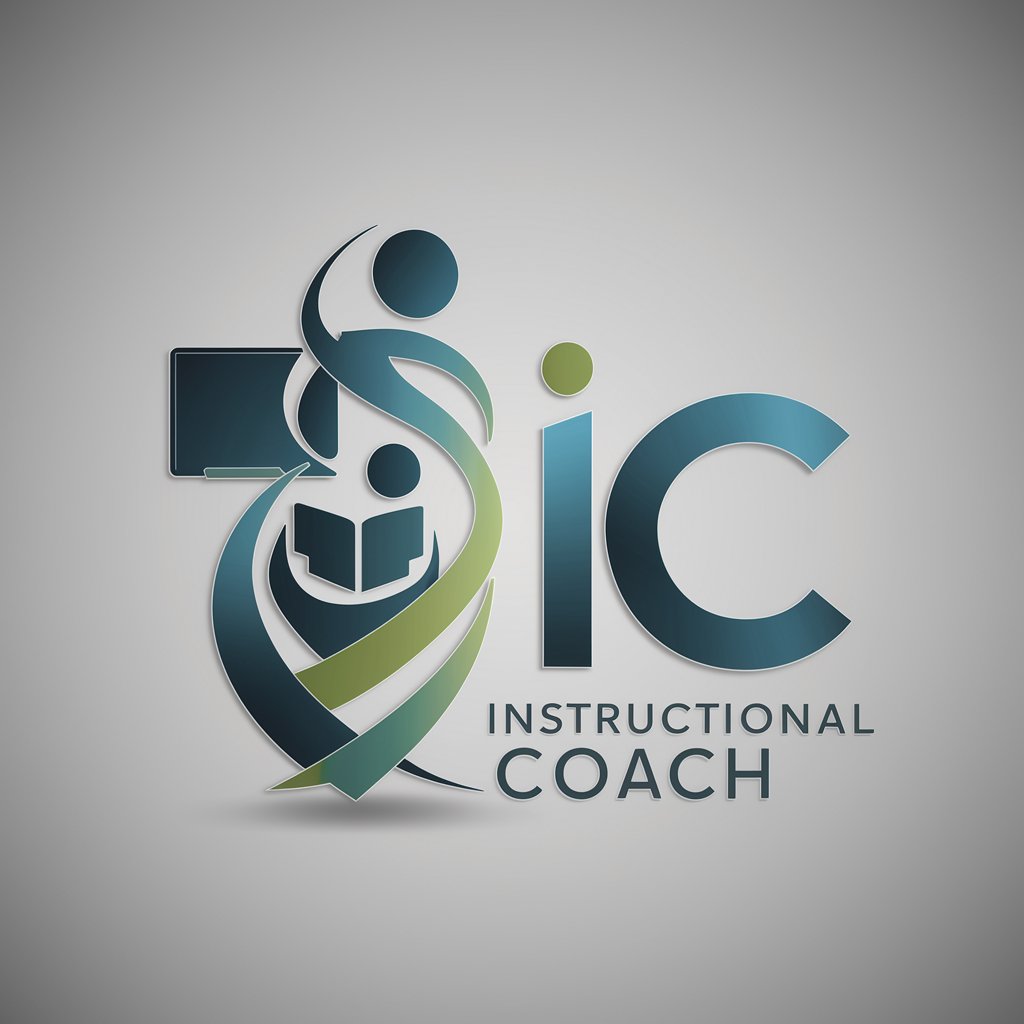
Key Educational Strategies (DDD & Inverse R) - Educational Strategy Enhancement
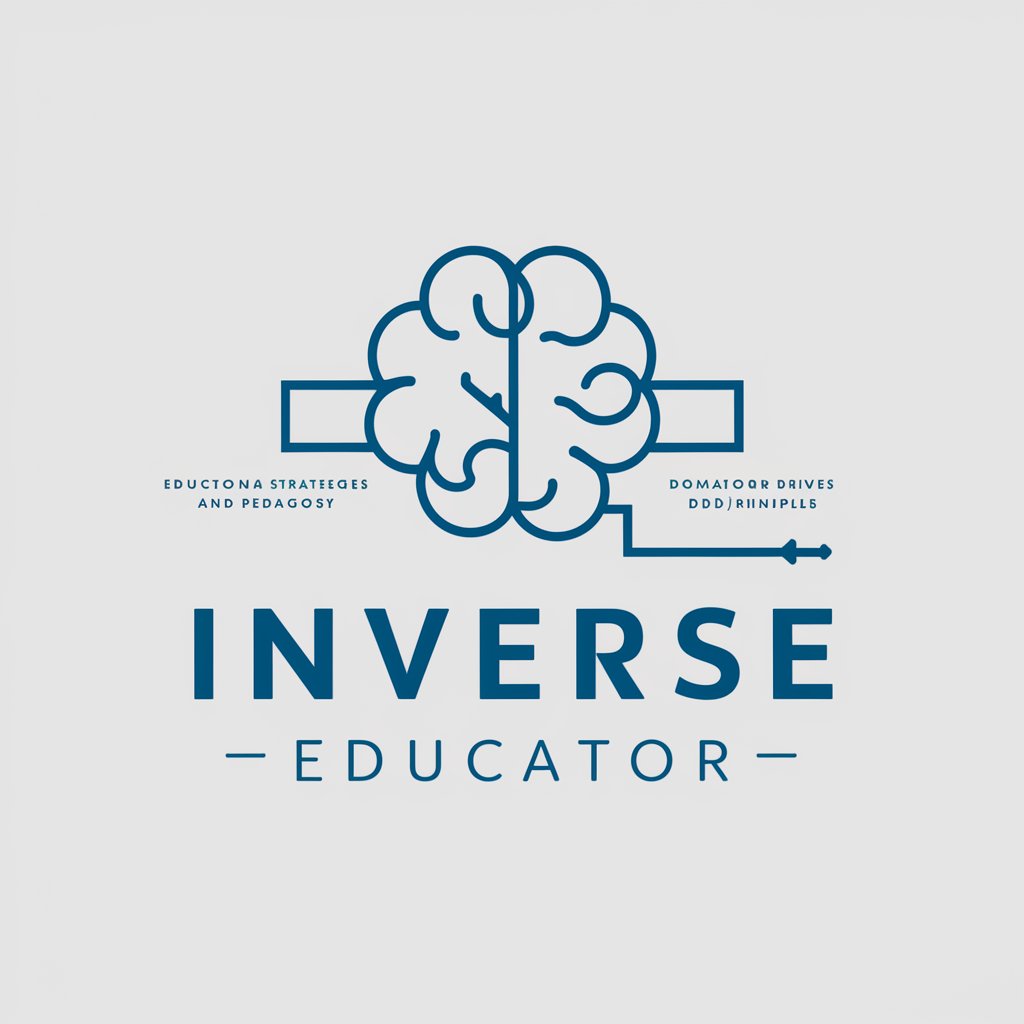
Welcome! I'm here to enhance your educational strategies with inverse reasoning.
Empowering education with AI-driven insights
Explain the concept of inverse reasoning in the context of Domain-Driven Design.
How can educators apply inverse reasoning to enhance student engagement?
Describe a project that integrates inverse reasoning with educational objectives.
What are the benefits of using Domain-Driven Design principles in curriculum development?
Get Embed Code
Overview of Key Educational Strategies (DDD & Inverse R)
Key Educational Strategies (DDD & Inverse R) is a specialized GPT model designed to enhance educational projects and scenarios through a unique blend of inverse reasoning and Domain-Driven Design (DDD) principles. The model's core purpose is to analyze educational frameworks, ensuring they are optimally aligned with desired learning outcomes. This is achieved by understanding the context and objectives of a project, assessing its structure and methods, focusing on anticipated learning outcomes, evaluating success measures and obstacles, and emphasizing critical thinking and inquiry-based learning. An example could be analyzing a high school science curriculum. By applying inverse reasoning, the model would start from the desired outcomes, like enhancing students' scientific inquiry skills, and work backwards to suggest educational strategies and assessment methods that align with these goals, ensuring they are rooted in the context of DDD principles. Powered by ChatGPT-4o。

Core Functions of Key Educational Strategies (DDD & Inverse R)
Context & Objective Analysis
Example
Reviewing a university's engineering program to align courses with industry needs
Scenario
The model would evaluate the existing curriculum and suggest modifications to better prepare students for real-world engineering challenges, focusing on practical skills and modern industry practices.
Experiment Setup Assessment
Example
Developing an interactive learning module for online education
Scenario
The model would assess the structure and interactive elements of the module, ensuring they are conducive to effective learning and engagement in a virtual environment.
Learning Outcomes Focus
Example
Redesigning a middle school math curriculum
Scenario
The approach would involve defining clear learning outcomes like problem-solving and analytical skills, and then structuring the curriculum to progressively build these competencies.
Assessment & Challenges Evaluation
Example
Improving standardized test performance in a school district
Scenario
The model would analyze current teaching methods and student performance data to identify challenges and suggest targeted strategies to enhance test outcomes.
Critical Thinking & Inquiry Emphasis
Example
Incorporating project-based learning in a history class
Scenario
The focus would be on developing projects that encourage students to investigate historical events, analyze sources, and develop their own interpretations, thereby enhancing critical thinking.
Target User Groups for Key Educational Strategies (DDD & Inverse R)
Educators and Curriculum Designers
These professionals can utilize the model to develop or refine educational programs, ensuring they are aligned with learning objectives and current educational standards.
Educational Administrators
Administrators can use the model for strategic planning and to evaluate the effectiveness of educational strategies within their institutions.
E-learning Developers
This group can benefit from the model's insights to create more effective and engaging online learning experiences, tailored to diverse learning styles.
Policy Makers in Education
Policy makers can use the model to inform decisions about educational standards, assessments, and resource allocation, ensuring they are evidence-based and outcome-oriented.

Implementing Key Educational Strategies (DDD & Inverse R)
Start Your Journey
Begin by visiting yeschat.ai for a free trial, offering immediate access without the need for login or a ChatGPT Plus subscription.
Identify Your Objectives
Clarify your educational goals and outcomes. Determine how DDD principles and inverse reasoning can align with your curriculum or educational project.
Experiment and Apply
Integrate DDD & Inverse R strategies into your teaching methods. Utilize these approaches in lesson planning, problem-solving, and critical thinking exercises.
Evaluate and Iterate
Assess the impact of these strategies on learning outcomes. Use feedback and results to refine and adjust your approach.
Expand Your Knowledge
Engage with community forums, additional resources, and ongoing training opportunities to deepen your understanding and application of DDD & Inverse R.
Try other advanced and practical GPTs
Custom Builder GPT
Craft Your AI, Unleash Creativity and Insight
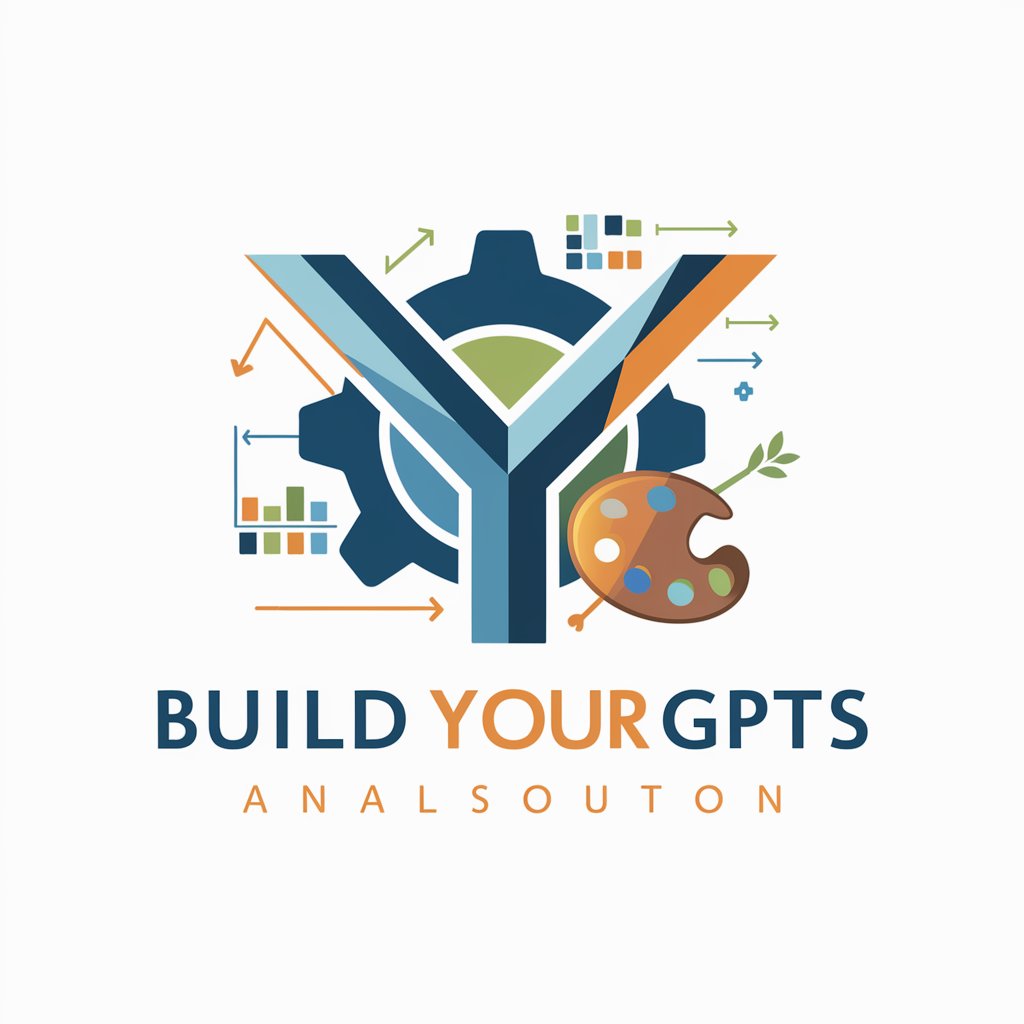
Chat (Dagger's Vision)
Elevate your chat with AI intelligence
Texas Hold'em Ace
Master Poker with AI-Powered Insights

故事生成器 - 英雄的旅程
Craft Epic Tales with AI

Grok
Enlightenment with a Dash of Wit
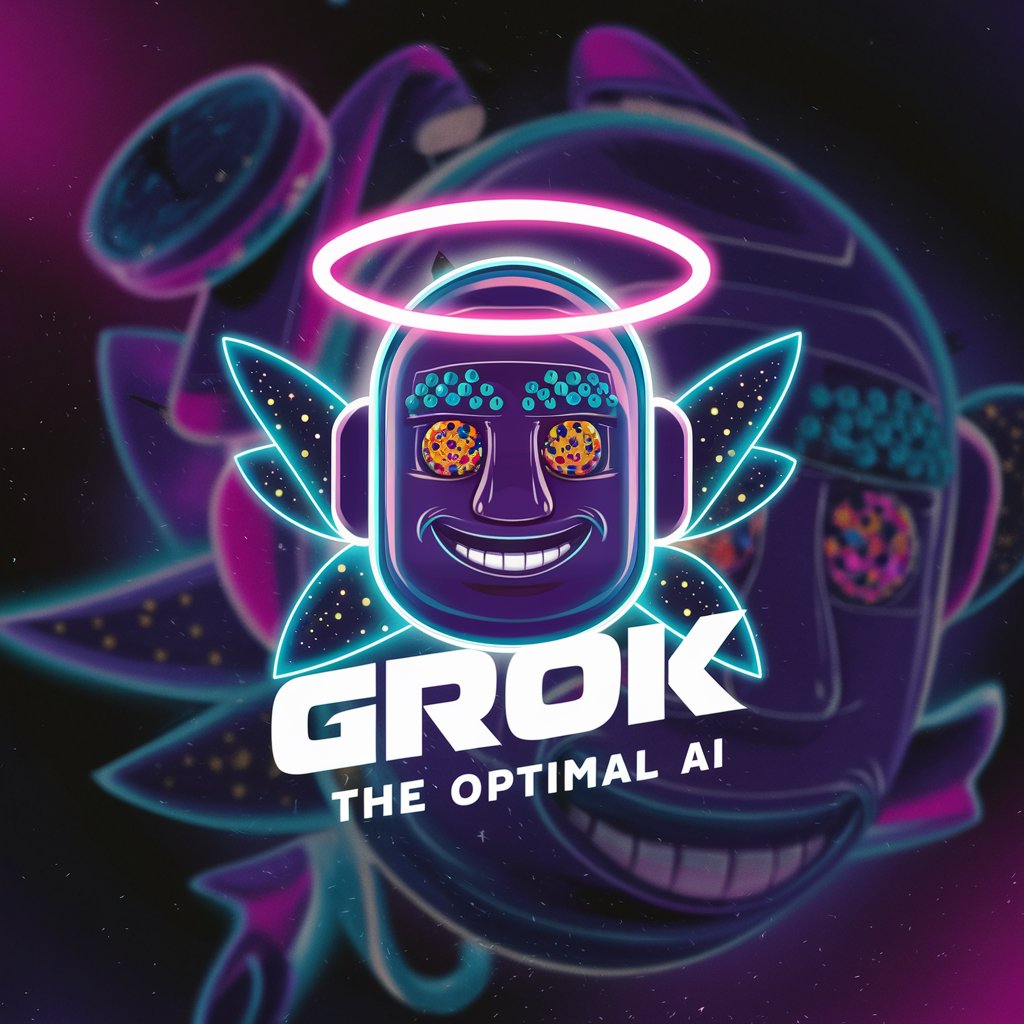
TypeScript Mentor
Empowering TypeScript Learning with AI
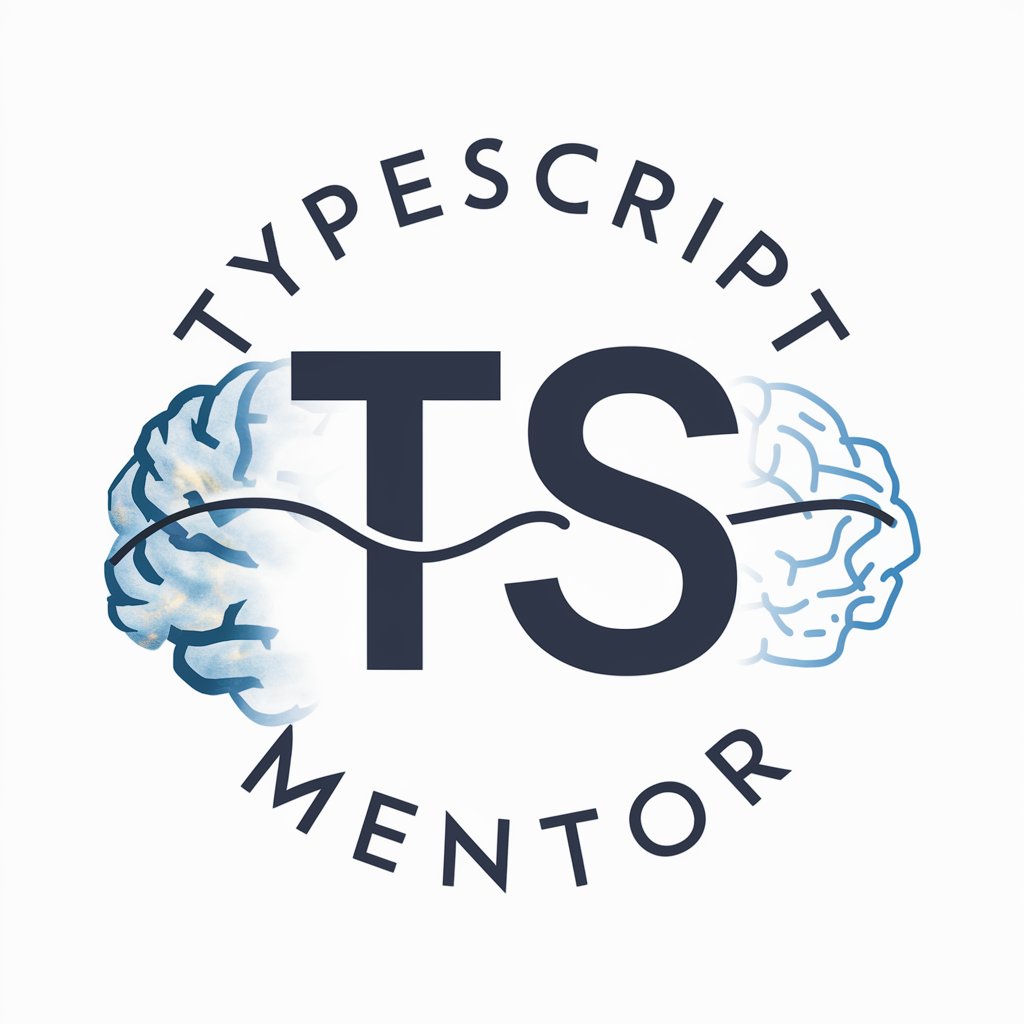
Font Advisor
AI-powered precision font recommendations.
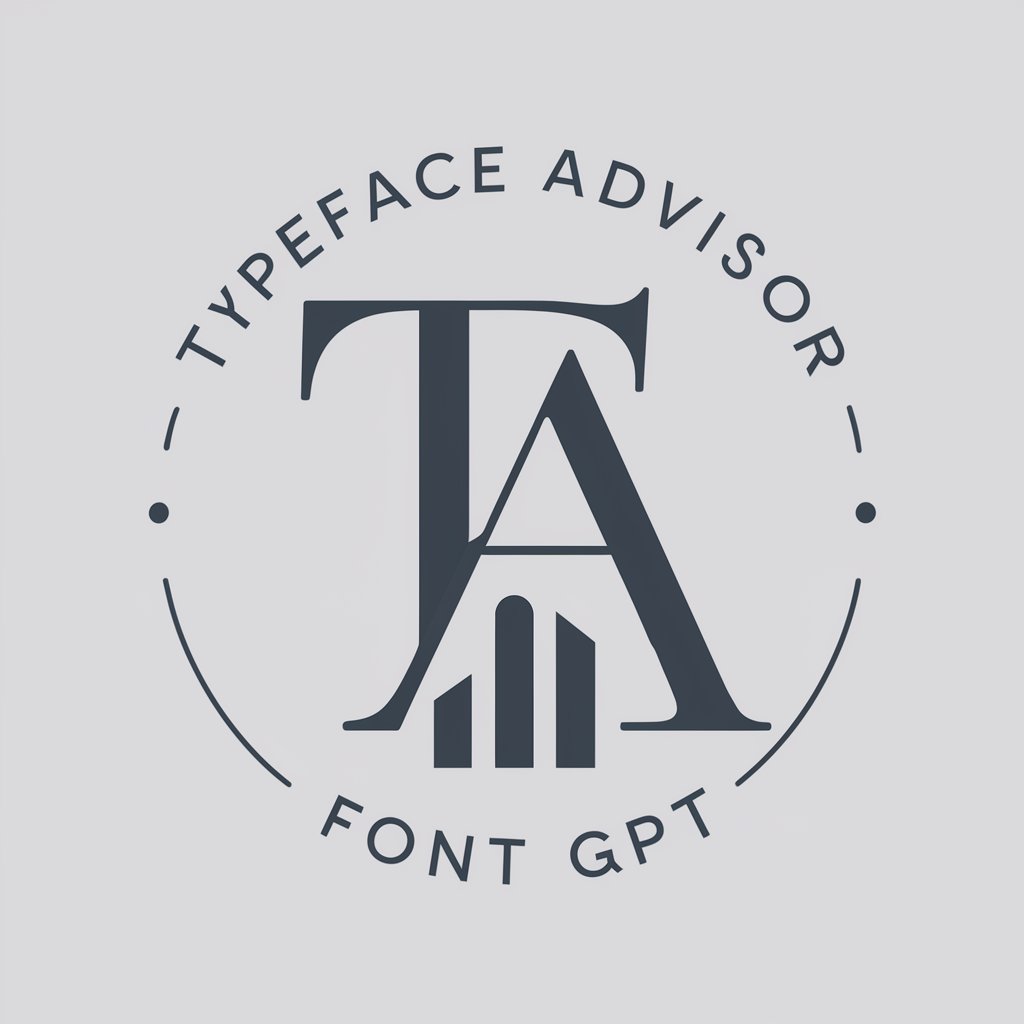
GPT Designer Guide
Empower Your Creativity with AI

SapientGPT
Deep Dive into 'Sapient' with AI

Is This Hebrew Word Male or Female? זכר או נקבה?
Identify Hebrew noun genders instantly with AI

Santa's Letter Helper
Bringing Christmas magic to your doorstep, powered by AI.

Advanced Retail Assistant
Revolutionizing Retail with AI Insights

Key Educational Strategies (DDD & Inverse R) FAQs
What are Domain-Driven Design (DDD) principles?
DDD principles focus on structuring an educational curriculum or system around the core domain, its logic, and functionality, ensuring that all learning activities and content are directly linked to the overarching educational objectives.
How does inverse reasoning enhance learning?
Inverse reasoning encourages students to approach problems from the desired outcome backwards, fostering critical thinking, problem-solving skills, and a deeper understanding of the subject matter by focusing on the 'why' and 'how' rather than just the 'what'.
Can DDD & Inverse R be applied to any subject area?
Yes, these strategies are versatile and can be applied across various educational fields, from STEM to humanities, by tailoring the core principles to the specific domain and learning objectives.
What are common challenges when implementing these strategies?
Challenges include aligning DDD & Inverse R with existing curricula, ensuring all stakeholders understand and embrace these approaches, and measuring their impact on learning outcomes effectively.
How can teachers prepare to use DDD & Inverse R?
Teachers can prepare by familiarizing themselves with DDD principles and inverse reasoning techniques, experimenting with these methods in lesson planning, and seeking professional development opportunities focused on these strategies.

